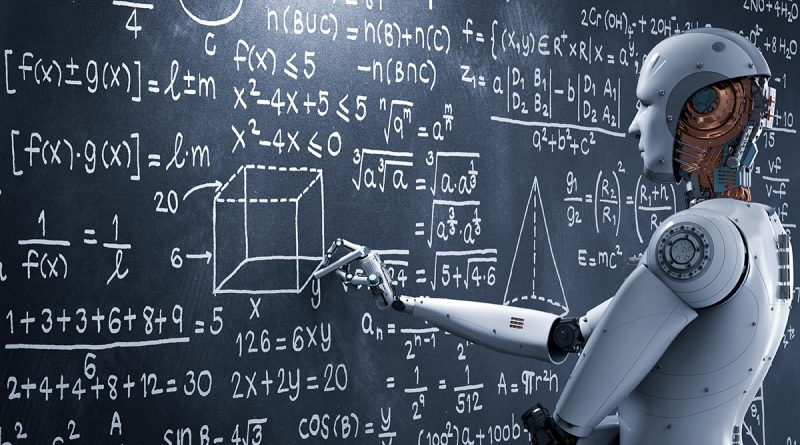Italy Pilots AI in Education
Matthew Gupta
Tech Editor
Italy is launching a new program to test the use of artificial intelligence tools in schools throughout the country. This initiative will help to fight against digital illiteracy, as the country has lagged behind other European nations.

The project will test AI-powered software in fifteen schools across four regions, acting as virtual assistants for students. The program is planned to last for two years, with the hope that these tools will be used in more schools if the program is a success. In one high school in Rome, one classroom will be used as a control with a traditional method of education, without the use of AI technology, while another will be using the technology to assist in the classroom and with homework. The technology used will not only to help students review difficult material and understand their weaknesses, but also will help teachers educate students, showing them how to improve their methods to improve student performance.
This new program is hoping to close the skills gap of technology between Italy and other European Union members. According to Eurostat, Italy is bottom five of all EU nations in terms of basic digital skills. This lack of digital literacy is a prominent weak spot for the Mediterranean nation, as developed economies rely more on innovative technology, and especially AI, to increase efficiency. Italy is hoping to lead the G7 in the implementation of AI, as it has previously faced many challenges attempting to draw level with other highly developed economies in technological advancement. Alessio Butti, the Undersecretary for Innovation, claims Italy plans to do so through “the broad dissemination of technologies among citizens and in public administrations” while protecting national interests “by reducing dependence on third countries”.
A successful launch of AI-powered tools in Italy could also be a catalyst to increasing the use of AI in other education systems. In the US, plenty of AI-powered education technology has been developed, including personalized virtual tutors, automated grading systems, and curriculum development platforms. However, the adoption of such technologies has been experimental, and varies widely on a district’s access to technology, affected by funding and administrative support.

The program also hopes to calm fears about the misuse of AI in the classroom. Intellectual dishonesty has been a major point of contention with the use of this new technology in academia, as it can generate work for a student without having to properly understand or work through educational material. Outside the classroom, there are further ethical concerns about its impact on the society, as nearly 75% of Americans believe AI will negatively impact employment opportunities, and 4 out of 10 are more concerned over the increased implementation of AI in daily life than excited. However, with domestic and international regulation hoping to limit the risks of implementing artificial intelligence in society, including schools, Italy is hoping to be a blueprint for the world of how to mitigate the technology’s risk while exploiting its vast benefits, and that by teaching its students how to effectively use AI, their students will not be left behind in this new technological revolution. Italy hopes that the world can work together to, in the words of Italian Prime Minister Giorgia Meloni, “ensure that the applications of this new technology are an opportunity in the service of humankind.”
Contact Matthew at matthew.gupta@student.shu.edu

